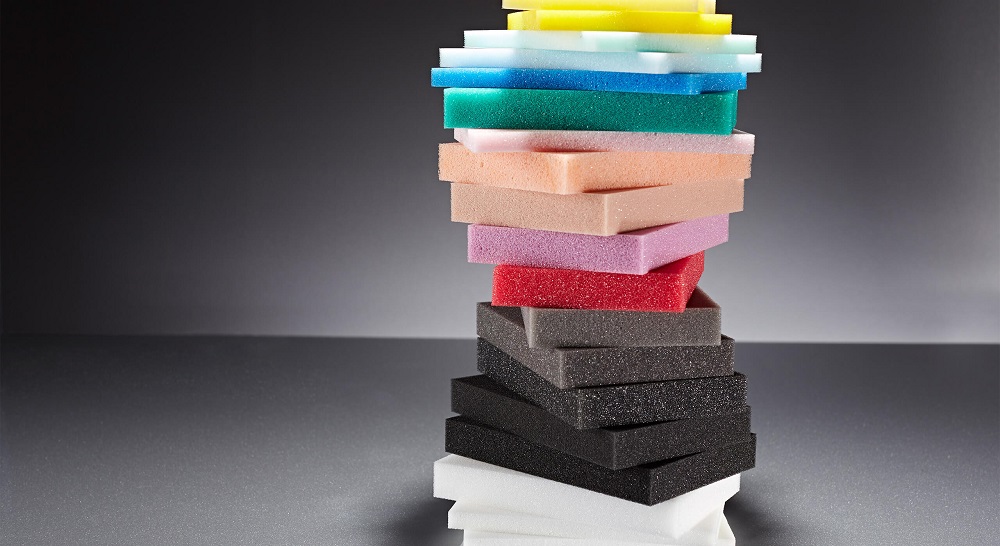Undoubtedly, polyurethane (PU) foam is a superior insulation and sealing material. It is important to discover more about the various variations of this product that are available on the market. Learn the differences between several varieties of polyurethane foam and the uses for each.
What Is (PU) Polyurethane Foam?
One component is polyurethane foam, which cures when exposed to moisture in the air, expands as it cures, and is used as an insulation and grouting material in semi-rigid aerosol form.
Flexible polyurethane (PU) foams are mostly utilised for door and window assembly, infilling, sound and heat insulation, waterproofing, and fire insulation. Polyurethane foam reacts quickly and extends when in contact with moisture in the air. Due to its great adhesive power, polyurethane adheres to surfaces quite effectively.
What Are The Applications?
The assembling of doors and windows is where PU foams (พี ยู โฟม, which is the term in Thai) work best. It is employed in the insulation of electrical wiring, cold and hot water pipes, the adhesion of roofing tiles, concrete shear wall constructions, the tightness of terraces, industrial insulations, cold storage facilities and ice plants, ship and yacht decks, the filling of gaps among external insulators, the adhesive of insulators, the filling of voids, and the insulation of dry food storage facilities.
What Is The Use?
The valve fitted on the tin is fastened with a straw and a handgun accessory. The canister is aggressively shaken for 20 minutes while being held upside down to impart pressure to the pipet or handgun trigger.
How intensely produced given how great the pressure is. For vertical surfaces, the foam is usually sprayed from below to above. Ensure that during the application, the canister and ambient temperatures stay within the ranges specified in the product’s TDS.
What Kind Of PU Foam Is There?
Depending on the kind of application and function, PU foams can be categorised into two categories.
1. PU Foams Based On The Type Of Use
Straw-wrapped foams: It might be referred to as the market’s most popular and often used foam variety. It works with the straw device that comes with each canister. Due to its fast expansion rate, it is ideal for filling large voids (about 200{f17615762a6d41f3aa628ecfa3490757a079690679bd2811464387d017637576} to 250{f17615762a6d41f3aa628ecfa3490757a079690679bd2811464387d017637576}).
Professional use of Foams with Pistoles: It is applied using a unique application gun. The product primarily targets business people. Due to its moderate expansion rate (average 0{f17615762a6d41f3aa628ecfa3490757a079690679bd2811464387d017637576} to 60{f17615762a6d41f3aa628ecfa3490757a079690679bd2811464387d017637576}), it is suited to fill comparatively small gaps.
2. PU Foams Designed For The Purpose Intended
Filling Foams for Voids: It is the most common and traditional sort of foam.
Foam Adhesion: Due to their significantly lower (minimum) expansion rates compared to ordinary foams and denser polymers, these foams have higher adhesive properties. These chemicals can be used to bond heat insulation materials including aerated concrete, EPX, brick, and various building materials like marble.
Conclusion
The best thing about PU foam is how well it insulates against heat. Any foam that is created utilising polyol and diisocyanate is referred to as polyurethane foam. Additionally resistant to moderately heavy weights, fungus, and mould is polyurethane foam. Therefore, it is unquestionably the best material for all building and renovation projects, including acoustic and thermal insulation, fitting, and sealing (in the case of flexible (PU) polyurethane foam).


